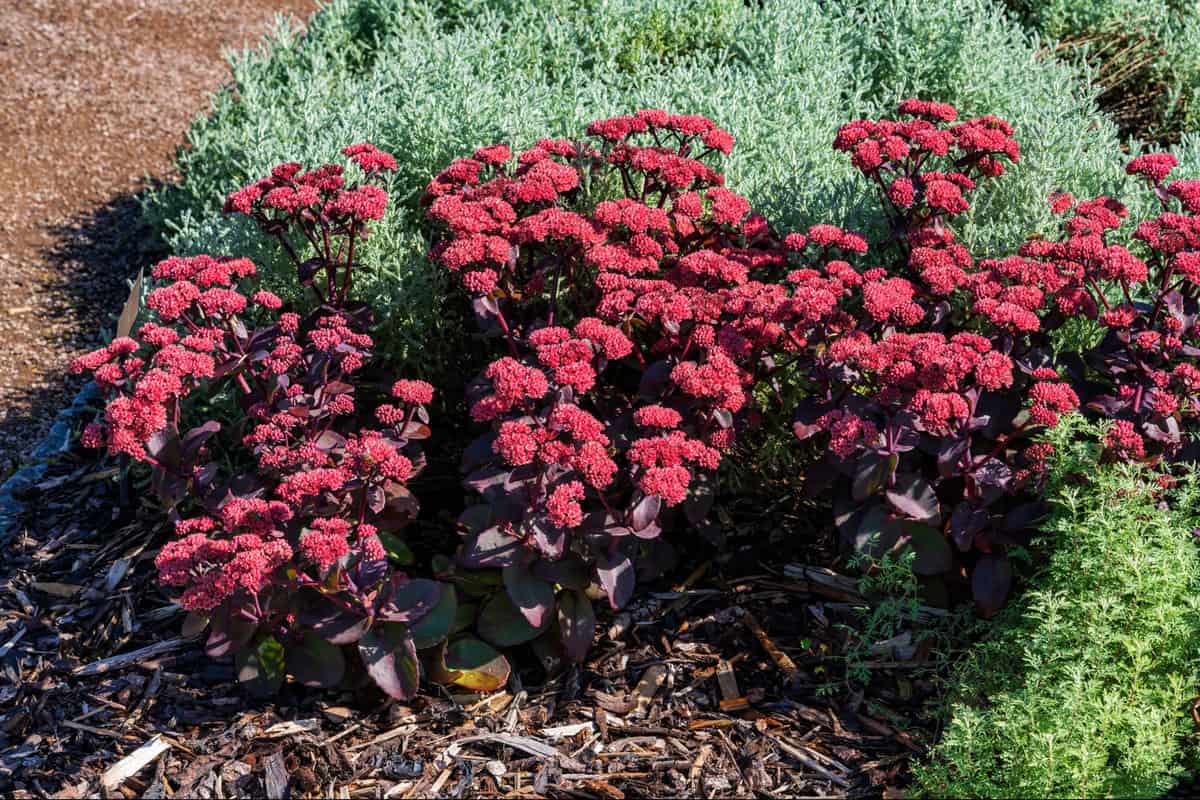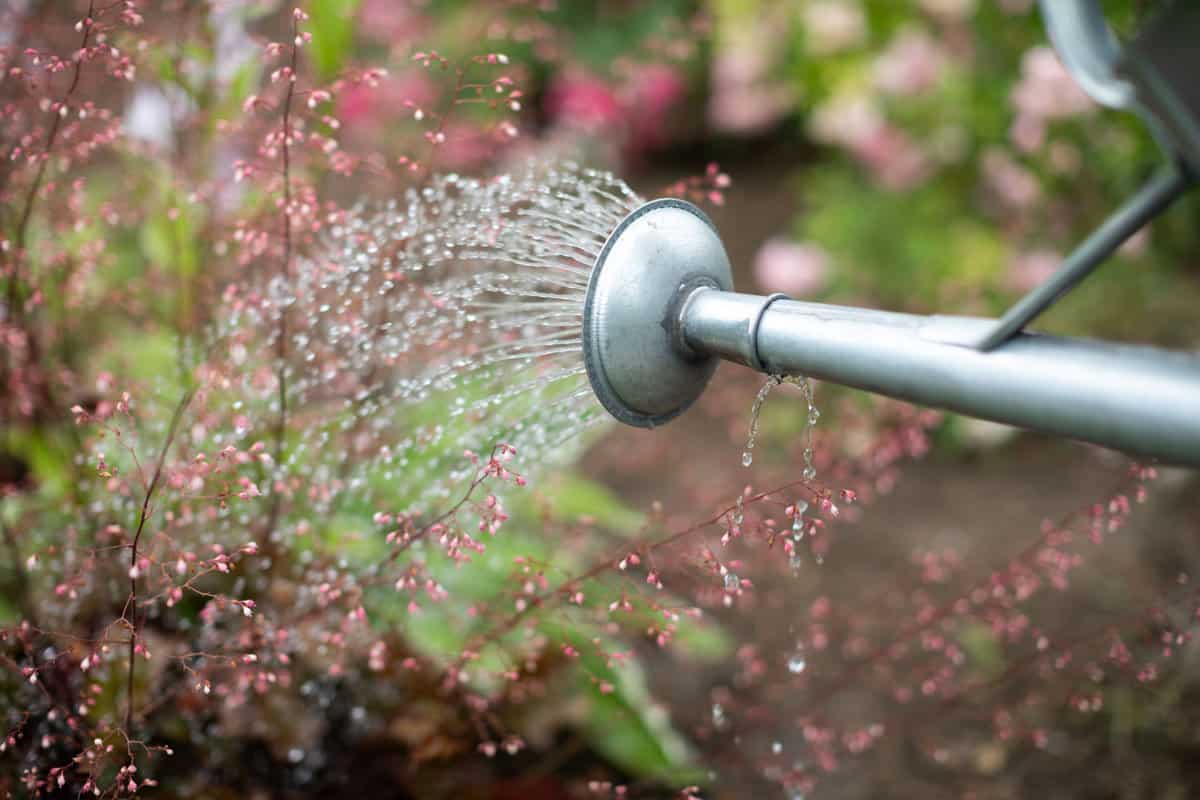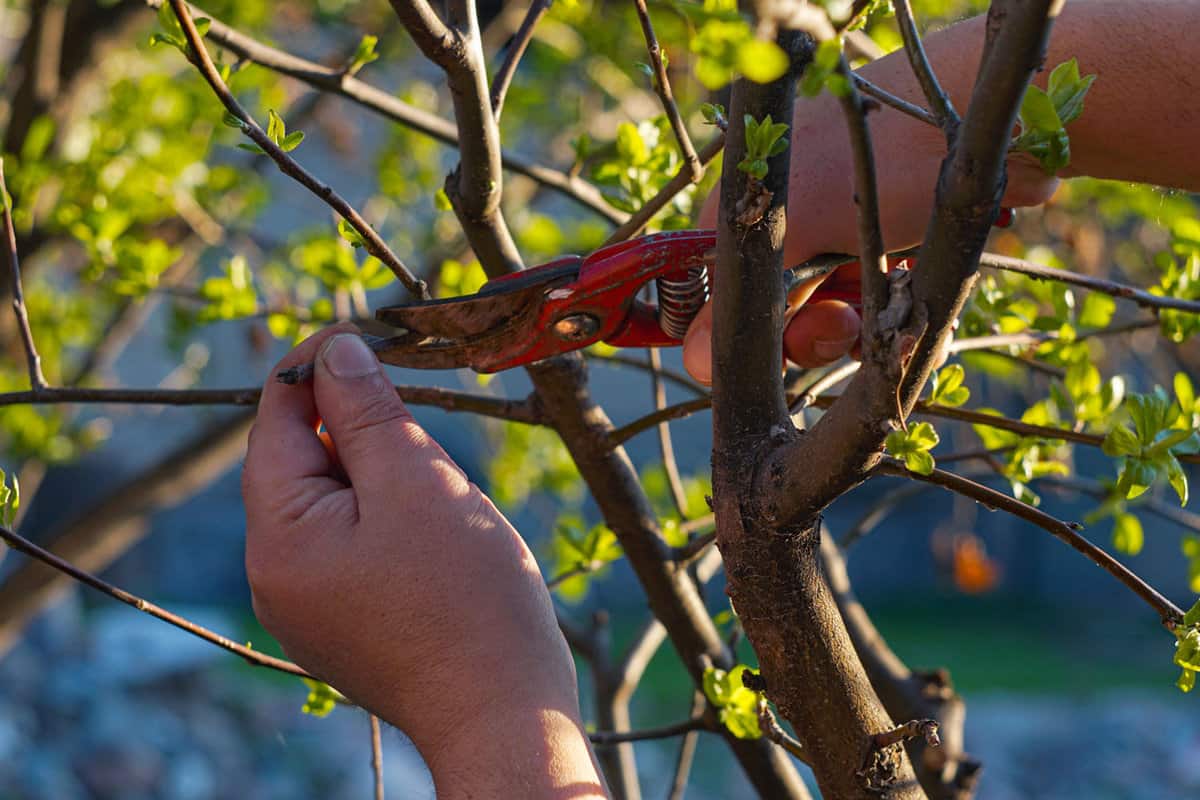Burgundy leaf plants are a striking addition to any indoor or outdoor space, adding a touch of elegance and depth to your plant collection.
Besides their undeniable beauty, many burgundy leaf plants are also known for their hardiness and low-maintenance nature, making them an excellent choice for both experienced gardeners and beginners alike.
As you explore the possibilities, you'll find a diverse range of plant species that showcase unique textures, shapes, and growth habits suited to various environments and preferences.
In this article, we'll introduce you to 10 beautiful burgundy leaf plants that will enhance the ambiance of your indoor or outdoor surroundings.
Consider adding these plants to your setup to craft an enticing, dynamic environment.
10 Burgundy Leaf Plants to Consider
1. Heuchera
Heucheras, also known as Coral Bells, offer a fantastic selection of burgundy leaf varieties such as Heuchera 'Forever Red' and Heuchera 'Palace Purple'.

These plants provide deep color contrast in your indoor or outdoor space and thrive in partial shade to full sun conditions.
2. Japanese Maple
Japanese Maples are known for their stunning colors, including burgundies and deep reds.

There are several cultivars, such as the Bloodgood Japanese Maple with beautiful, wine-colored leaves.
These trees prefer filtered sunlight and well-draining soil, making them a perfect addition to your garden or landscape.
Take a look at this guide: 10 Plants for Your Very Own Homemade Tea: Tea Lovers Unite!
3. Tiarella
Tiarellas, or Foamflowers, are ideal for adding a touch of burgundy to your garden.

Varieties such as 'Iron Butterfly' and 'Pink Skyrocket' feature burgundy veins or leaf accents, creating visual interest in the partly shaded areas of your garden.
4. Purple Smoke Bush
The Purple Smoke Bush is a beautiful plant that offers deep burgundy foliage.

This plant can be grown as a tree or a shrub and is relatively low-maintenance, requiring well-draining soil and full sun exposure.
5. Sedum
Sedums are succulent plants that come in various shades of burgundy. One of the most popular varieties is Sedum 'Purple Emperor', which bears rich, dark purple leaves.

These drought-tolerant plants require minimal care and thrive in well-drained soil with full sunlight.
Take a look at this guide: 10 Fast-Growing Trees for Privacy and Shade
6. Shiso
Shiso, or Perilla, is a culinary herb as well as an ornamental garden plant.

Burgundy-leaved Shiso varieties such as 'Red Shiso' and 'Crispum' add color to your space while offering fragrant leaves that you can use in various dishes.
7. Oxalis Triangularis
Also known as the Purple Shamrock, the Oxalis Triangularis features burgundy triangular-shaped leaves that fold up at night.

This plant prefers lightly moist soil and indirect sunlight, making it a great option for growing indoors.
8. Cordyline Australis
Cordyline Australis, or the New Zealand Cabbage Tree, offers a tropical touch with its burgundy leaves.

This plant can be grown outdoors in warmer climates or indoors in a well-lit area.
It requires well-draining soil and enjoys both full sun and partial shade.
9. Red Osier Dogwood
The Red Osier Dogwood is a bushy plant with burgundy leaves that can serve as an excellent hedge or stand-alone shrub.

This plant is low-maintenance, making it an ideal choice for those with limited gardening experience.
10. Rubrum Pennisetum
For a stunning ornamental grass, consider the Ruby Red Fountain Grass (Rubrum Pennisetum).

This plant features arching burgundy leaves with gorgeous seed heads.
It prefers full sun exposure and well-draining soil, making it easy to care for and enjoy in your outdoor space.
Caring for Burgundy Leaf Plants
Burgundy leaf plants add a captivating touch of color and vibrancy to any indoor or outdoor space.
To ensure their health and longevity, it is essential to understand and maintain proper care practices. Follow the guidelines below to ensure your burgundy leaf plants' health.
Watering
Watering your burgundy leaf plants appropriately is vital to promote growth and avoid root rot.
It is best to wait until the top 50% to 75% of the soil has dried before watering your plants.

Doing so ensures that your plants receive adequate hydration without the risk of overwatering.
Keep in mind that the specific watering schedule and needs may vary depending on the plant species and seasonal changes, so adjusting as needed is essential.
Lighting
Burgundy leaf plants generally thrive in bright, indirect light.
Placing them near a window with filtered light or in a spot with morning or late afternoon sun will provide them with the necessary light for growth.

Be cautious of harsh midday sunlight, as it can cause leaf scorch and damage your plants.
Consistent and sufficient lighting is crucial for maintaining the plants' vibrant color and overall health.
Soil
The right soil plays a significant role in the health and growth of your burgundy leaf plants.
Provide them with well-draining soil that retains moisture without becoming too saturated.

A mix of peat moss, perlite, and potting soil can create the necessary balance for proper growth.
Additionally, consider containing your plants in pots with drainage holes to promote healthy root development and prevent waterlogged soil.
Read more: From Soil to Water: A Hack That Will Revolutionize Your Plant Game
Pruning and Maintenance
Regular pruning and maintenance are essential for controlling the size and shape of your burgundy leaf plants.

Remove dead or damaged leaves using clean, sharp scissors or pruning shears, cutting them close to the base of the stem.
This practice will encourage new growth and help maintain the overall aesthetic appeal of your plants.
Additionally, routinely inspect your plants for any pests or diseases, and address these issues promptly to ensure plant health.
Recommend Areas for Indoor and Outdoor Placement
When choosing where to place your burgundy leaf plants, it's essential to consider their specific needs and preferences. This will help them thrive better in their new environment.
Indoor placement
Go for well-lit areas such as windowsills are a great choice, especially for plants like Heuchera 'Forever Red' and Ficus elastica 'Abidjan'.

Remember to pick spots that receive indirect sunlight, as direct sunlight might scorch their leaves.
Hanging plants can be positioned in higher areas, drawing attention to your space's verticality.
Outdoor placement
Outdoor placement typically involves finding compatible planting partners or accents.
An excellent example is the Euphorbia dulcis, which can be paired with other shade-tolerant plants for a more vibrant display in a shady yard.
Consider placing burgundy-leafed plants next to contrasting foliage colors or near plants with similar shade requirements to create a cohesive aesthetic.
Bear in mind that many burgundy-leafed plants are shade-tolerant, making them suitable for both indoor and outdoor environments with limited sunlight.
When placing plants outdoors, ensure they receive some protection from harsh elements such as strong wind or direct summer sunlight.
Lastly, always verify the specific lighting, watering, and climate needs of your chosen burgundy leaf plant. This diligence will help them remain healthy and beautiful, seamlessly enhancing the aesthetics of your indoor or outdoor space.
The Importance of Leaf Color
The deep, luxurious hues of burgundy leaf plants can turn your space, be it indoor or outdoor, into a visual spectacle.
They lend an appealing contrast against common green foliage, giving your area depth and complexity.
Plus, they're versatile, blending effortlessly into modern, traditional, or tropical themes.
Beyond aesthetics, the leaf color plays a part in plant health. Burgundy leaves, adept at capturing sunlight, encourage effective photosynthesis, potentially leading to healthier, more robust growth.
Benefits of Adding Burgundy Plants to Your Space
Burgundy leaf plants provide various benefits to your indoor or outdoor space.
Firstly, burgundy and deep purple shades can create depth in your landscape, enhancing shadows and contrast in your garden beds, acting as a focal point.
This effectively highlights other plants in the area while providing a vibrant backdrop for their growth.
Another great benefit of burgundy plants is their ability to stabilize the soil.
Due to their extensive root systems, they can help control erosion in sloping areas or hillsides.
This valuable property also aids in improving soil structure by breaking up compacted soil and increasing porosity, ultimately allowing water and nutrients to penetrate more easily.
Studies have shown that plants, including burgundy varieties, can improve mood and reduce stress levels.
By adding them to spaces like patios, balconies, or meditation areas, you create a soothing environment ideal for relaxation.
Finally, adding burgundy plants to your garden introduces an element of diversity.
